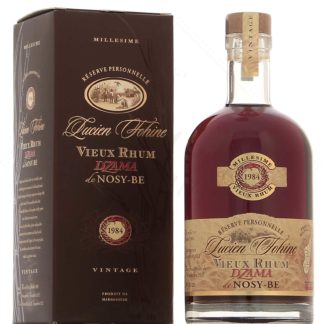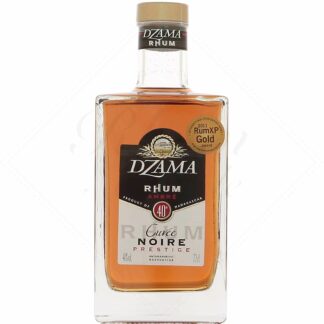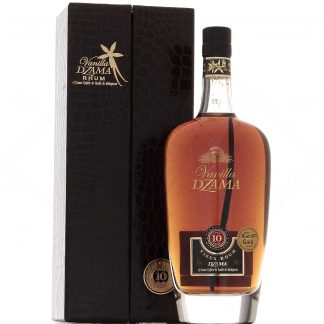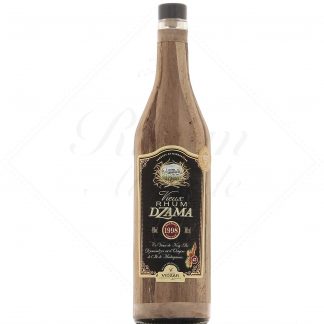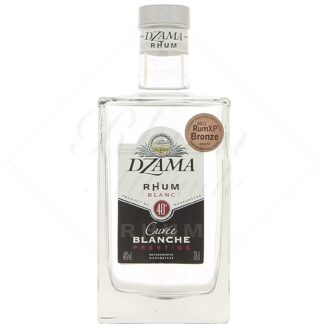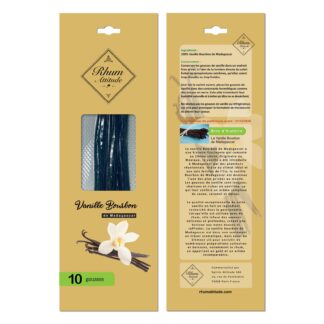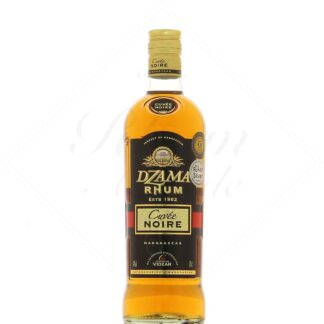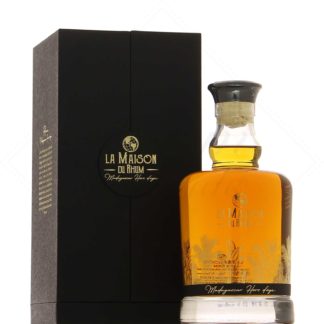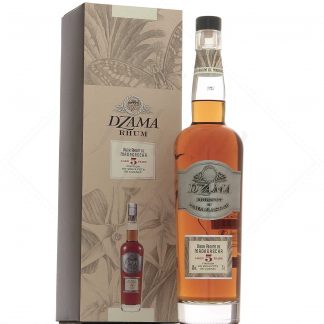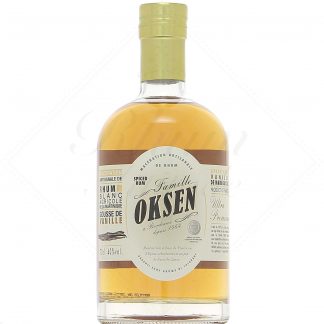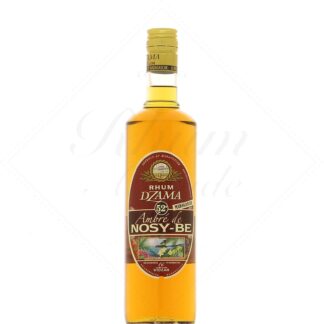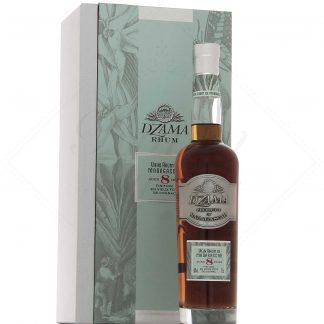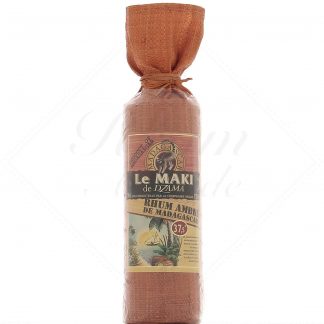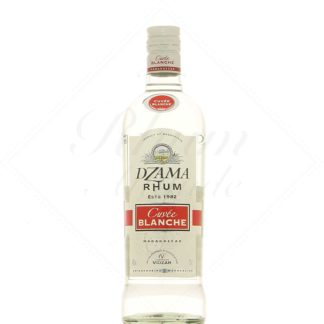Madagascar
The history of rum in Madagascar
Sugar cane has been present on the island of Madagascar for a very long time, even before the arrival of the first Western navigators. It is thought to have arrived from India, and was also carried by Arab traders. The cane was first consumed by mouth, along with its fermented juice.
The first Europeans arrived on Madagascar's shores around 1500. The Portuguese, Dutch and French began trading with the country. The first French colony was established at Port-Dauphin (now Tolagnaro) in 1642. Captain Rigault of the Compagnie des Indes Orientales found it difficult to develop his business, however, as cane was used by default, local customs preferring honey. The fact that this part of the coast was much frequented by pirates and slave traders didn't help either.
The latter introduced brandies, especially rum, and alcoholism rapidly became a scourge in the early 19th century. King Radama1st died of the disease in 1828. His widow, Queen Ranavalona 1st, tried to control the epidemic, but high society had already adopted Western habits and failed to set an example.
The first rum distilleries
A few Frenchmen, such as De Lastelle and Jean Laborde, saw the island's great potential and set up plantations and sugar/distilleries. Nosy-Be was colonized by France in 1840. The first sugar refinery was built in 1854. By 1860, there were a number of planters, but only one sugar mill. On the other hand, distilleries flourished, as the Malagasy people still preferred honey to cane sugar, but appreciated the brandy nonetheless.
In 1861, on the death of the Queen, Radama 2 liberalized brandy imports, with rum as his priority. History repeated itself, and alcoholism once again took its toll. In 1864, there were 36 plantations and 9 sugar factories on the island of Nosy-Be. By 1877, there were just 18. Their rum was consumed mainly on Nosy-Be, and very little was sent to the main island.
In 1888, rum imports continued to rise, accounting for 13% of the country's total imports. This is a record, and does not take into account clandestine imports. In 1889, Nosy-Be was once again home to 31 plantations/sugar factories, 16 of which had their own distilleries. The distribution of rums in the country had changed, with the vast majority now sent to the Big Island.
Madagascar becomes a French colony
The French occupation came in 1895 with the capture of Tananarive. At the same time, Reunion Islanders arrived from the neighboring island, big rum consumers.
The local brandy is called "toaka". It is widespread and popular. In front of every hut is a barrel and a cup, and each one becomes a little bistro. This rum, made from pure cane juice, is flavored with herbs, which often give it an aniseed taste.
Toaka is distilled in large pots called "vilanibe". Most are made of earth, and fitted with a bamboo or metal arm. The rum then enters a metal serpentine condenser, passing through a water-filled wooden or masonry vessel.
It is eaten especially during ritual celebrations such as circumcision, or at funerals.
In addition to industrial rum from its large sugar mills, Madagascar imports rum from Mauritius, Reunion and Mayotte.
At the beginning of the 20th century, Madagascar exported large quantities of rum to France. It was intended to support soldiers in the First World War.
Between the wars
Industrial rum continued to develop with the sugar industry, and was still exported after the war. In 1922, the French authorities wanted to curb imports from all sources in a market that was now saturated. They therefore introduced reduced taxes on a certain quota of rum. At the same time, however, they wanted to maintain the dynamism of the local Malagasy economy.
The quota system for Madagascar was broad and generous, resulting in a significant increase in production and exports. Exports rose from 162 hectolitres in 1921 to 1,225 in 1924. They even rose to 3,951 hectolitres in 1934, then 6,487 in 1937 and finally 10,613 hectolitres in 1938!
In 1939, there were 6 molasses distilleries and 12 pure cane juice distilleries. In 1940, Madagascar continued to export 8,888 hectolitres of rum. However, the consequences of the war took their toll, and this figure fell to 27 hectolitres in 1943. The island continued to distill and export, but the alcohol was now used more as fuel. After the Second World War, rum exports picked up even more strongly, reaching 15,500 hectolitres.
The most important distilleries at the time were those of the La Bourdonnais sugar factory (in Tamatave), the Société Sucrière de Mahavary (Diego Suarez province), the Société Sucrière Marseillaise in Majunga and Nosy-be.
Madagascar's independence
In 1947, Madagascar experienced a wave of independence, accompanied by bloody insurrection and repression. This disrupted business for a time, but in 1954, the modern Sosumav refinery opened its doors. It developed mechanization, improved sugar-making techniques and, thanks to irrigation, achieved record production figures. The sugar and molasses sector soared until independence in 1960. The sugar and rum markets collapsed, and exports came to an end.
They resumed in the 1970s, with major players located in Ambilobe, Nosy-Be, Namakia and Brickaville. Small growers continued to coexist with the big factories, and each had its own audience: local consumption for the former and exports for the latter.
Production then declined in the 1980s and 1990s. But Madagascar was able to count on the support of Europe, which maintained its orders at sustainable prices. In terms of rum, however, manufacturers now produce almost exclusively alcohol in excess of 90%. Toaka production continues, and remains an important local tradition.
Madagascar rum and sugar in the 21st century
In the 2000s, the end of European sugar price protection was announced. Industrial equipment was also lagging behind in terms of maintenance, and was becoming increasingly outdated. Conditions were difficult for the sector, and the Nosy-be factories abandoned sugar, devoting themselves exclusively to rum.
In the 2010s, the sugar sector was analyzed and restructured. The industry, which is surviving as best it can, is being encouraged, with the reopening of sugar factories by major groups such as Vidzar (head of Dzama rums).
Rum production in Madagascar
Today, Madagascar's rum is best described as Dzama. Its name comes from the Dzamadzar factory, built on Nosy-be in 1929. The brand was created later, in 1980. It was a rapid and massive success, leading founder Lucien Fohine to transfer production to the Big Island in 1984.
Its molasses rum is distilled in columns, and is aged in whisky barrels from Chivas.
A few smaller brands also exist locally, such as Rhum 303 (Ambalavao), which distills pure juice in stills, Cap d'Ambre (Diego Suarez) and Grantera, launched in 2014 by the Star brewery.
Last but not least, like its neighbor Reunion Island, Madagascar is an island where the culture ofrhum arrangé reigns. Read less
